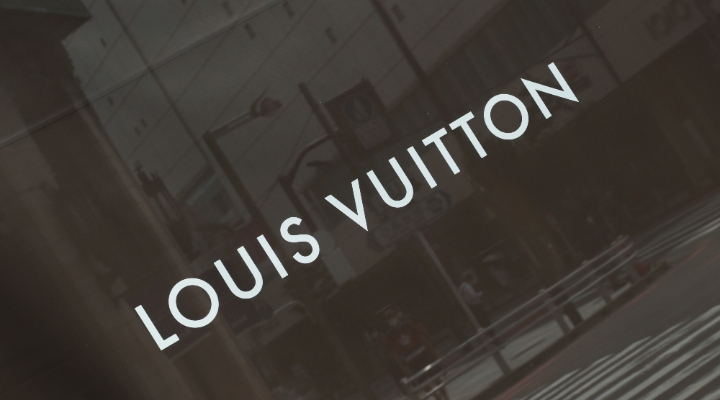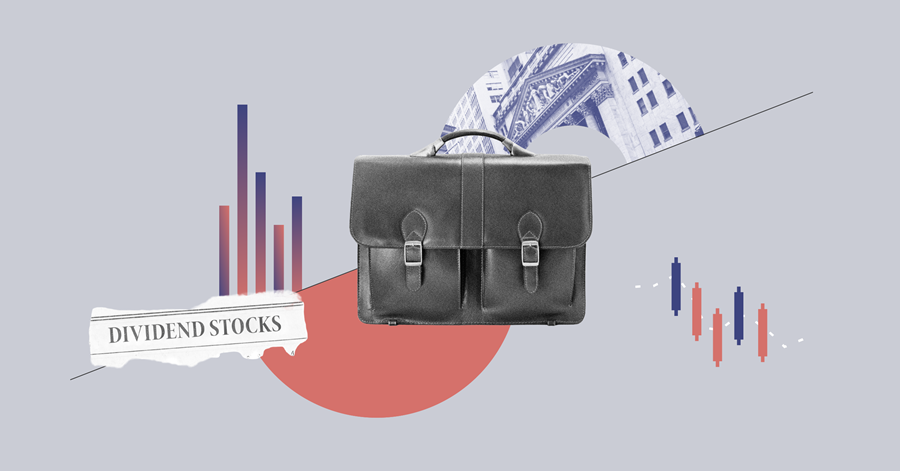
LVMH Moet Hennessy Louis Vuitton (MC)’s shares rose 4% after reporting its first quarter earnings for 2024 on Tuesday, April 16.
Key Morningstar Metrics for LVMH:
• Fair Value Estimate: €670.00
• Morningstar Rating: 2 stars
• Morningstar Economic Moat Rating: Wide
• Morningstar Uncertainty Rating: Medium
Morningstar’s Takeaways from LVMH’s Q1 Earnings
LVMH is still trading at 26x trailing earnings, with growth slowing to single digits (albeit Q1 is the most difficult from comparison base perspective) and possible margin pressure (high growth in low margin segments- Cosmetics and Selective Retailing).
As we expected, the Chinese cluster remains a bright spot with 10% growth globally in Fashion and Leather (this should be a good read across to Richemont and Swatch, which are most exposed to Chinese cluster). Both aspirational and wealthy consumers are increasing spending, unlike in the West where aspirational consumers remain under pressure (also in line with our expectations).
Big brands tend to outperform in downturns, so an LVMH slowdown would be exacerbated in smaller brands especially those struggling with turnarounds (e.g. Ferragamo, Burberry). This is likely already reflected in consensus.
The fashion and leather division growth of 2% is driven by pricing (and still below inflation), but pricing is not expected to contribute much to performance near-term.
We see better value in Richemont (wide moat, high exposure to Chinese clientele), Swatch (high exposure to Chinese clientele, lower drag from low-end brands, attractive valuation), and Kering (a long-term story of brand turnaround, possibility to buy attractively on a weakness).
LVMH Stock Remains Overvalued
We are maintaining our fair value estimate of €670 for wide-moat LVMH as the company reported an expected slowdown in growth trends in the first quarter. We view shares as modestly overvalued at current levels.
Sales for the group increased 3% in local currencies (and were down with a 4% currency headwind). Sales for its most profitable and largest division, fashion and leather goods, came at 2%. Sales were stronger than Kering’s around 10% down, as announced in a profit warning earlier this month, but they still show marked deceleration from high-single-digit growth over the past two quarters. This isn't a surprise given the very difficult comparison base from last year, which showed 17% growth for the group and 18% for fashion and leather goods.
The comparison base gets easier in the second half of the year. In line with our expectations, the weakening of demand was driven by developed market consumers – less affluent, aspirational consumers were particularly hit, with sales to Europeans, Americans, and Japanese in fashion and leather goods slightly negative, continuing from trends started in the third quarter last year. In line with our expectations, Chinese demand was a bright spot, with sales to Chinese nationals up about 10% and more spending abroad. We have previously argued that Chinese demand has pent-up upside potential, while demand from Western consumers should come off its post-pandemic highs. Interestingly, management mentioned strong demand from aspirational and wealthy Chinese consumers.
Revenue growth for fashion and leather goods was price-driven, with mix and volumes largely offsetting each other. Overall, management doesn’t expect price to be a major driver of performance in the near future.
In segments, wines and spirits was the weakest, down 12% organically. Perfumes and cosmetics performed strongly, up 7%, and so did selective retailing, with a strong performance from Sephora, up 11%. Watches and Jewelry division growth was subdued, with better performance from Bulgari, which has higher exposure to Chinese clientele. Still, a weaker Tiffany was dragged down by a weak performance from the American aspirational consumer. Lower margin divisions grew stronger, which should have a negative impact on the group’s profitability.












.jpg)
















